Filter News
Area of Research
Media Contacts

The Department of Energy’s Oak Ridge National Laboratory has developed a technology leading to more secure seals on containers filled with nuclear material. The technology uses a light source of entangled photons to verify the continuity of a fiber-based seal. E...
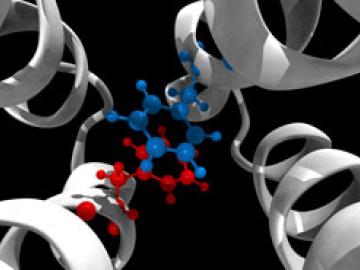
If scientists can control cellular functions such as movement and development, they can cripple cells and pathogens that are causing disease in the body.

Robert Wagner of the Department of Energy's Oak Ridge National Laboratory has been chosen to receive the 2014 International Leadership Citation from the Society of Automotive Engineers.
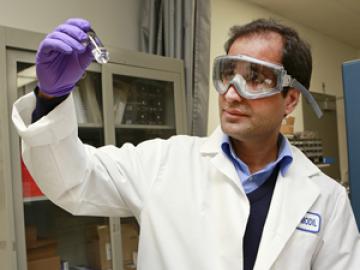
By controlling the temperature of silica rods as they grow, researchers at the Department of Energy’s Oak Ridge National Laboratory could be setting the stage for advances in anti-reflective solar cells, computer monitors, TV screens, eye glasses and more.

Bruce Pint, a research staff member at the Department of Energy's Oak Ridge National Laboratory, has been elected a 2014 National Association of Corrosion Engineers fellow.
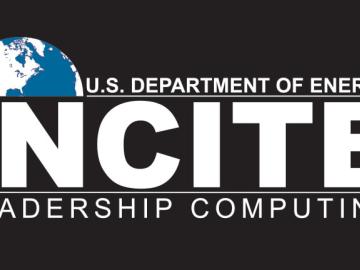
The U.S. Department of Energy’s Office of Science announced 59 projects, promising to accelerate scientific discovery and innovation, that will share nearly 6 billion core hours on two of America’s fastest supercomputers dedicated to open science. Their work will advance knowledge in critical areas from sustainable energy technologies to the environmental consequences of energy use.
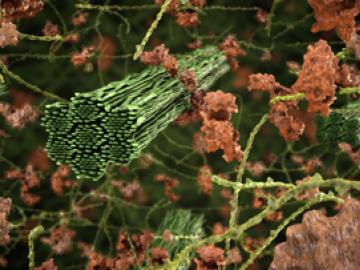
ORNL study uses neutron scattering, supercomputing to demystify forces at play in biofuel production
Researchers studying more effective ways to convert woody plant matter into biofuels at the Department of Energy's Oak Ridge National Laboratory have identified fundamental forces that change plant structures during pretreatment processes used in the
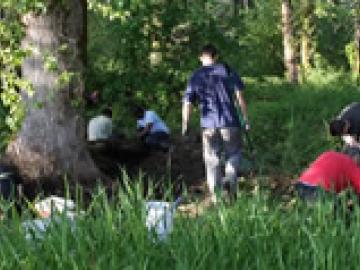
The ability to make plants grow stronger and more quickly is a key goal in the effort to develop better biofuels and better understand plant efficiency.
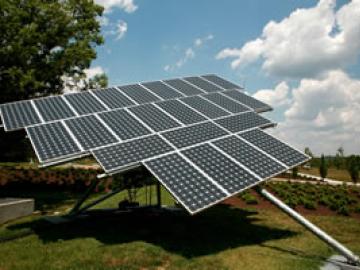
Oak Ridge National Laboratory's Center for Computational Sciences is using supercomputers to design better and less expensive solar panels that can capture the sun’s rays more efficiently and maximize power production.

Oak Ridge National Laboratory's Titan supercomputer has completed rigorous acceptance testing to ensure the functionality, performance and stability of the machine, one of the world's most powerful supercomputing systems for open science. The Department of Energy...




